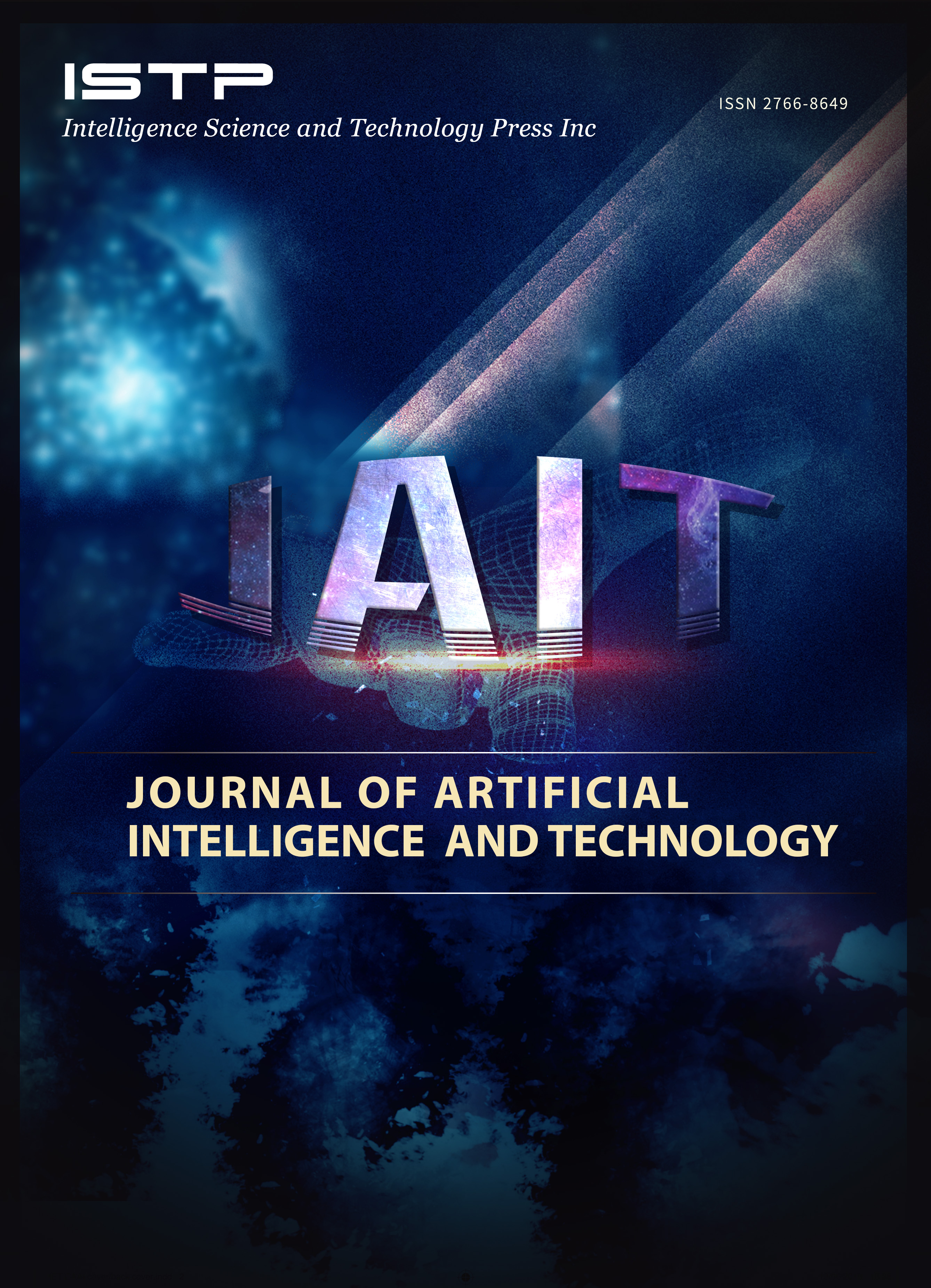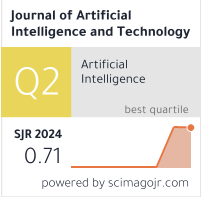Software Defect Prediction Using Temporal Transformer Graph Network with Newton–Raphson Optimization
DOI:
https://doi.org/10.37965/jait.2025.0751Keywords:
data balancing, graph convolutional networks, Newton–Raphson optimization, risk management, software defect prediction, temporal transformer attentionAbstract
Software Defect Prediction (SDP) is crucial for ensuring software reliability by identifying fault-prone components early in development. Traditional statistical and machine learning models, though effective to some extent, struggle with data imbalance, noise sensitivity, and limited feature representation. Recent advances in deep learning, including CNNs, RNNs, and GCNs, improved learning capabilities but still face overfitting and high computational costs. To overcome these challenges, this research introduces a Temporal Transformer Graph Convolutional Network with Newton based Raphson Optimization(TTRGCN-NRO) deep learning framework that effectively captures spatial-temporal dependencies and enhances prediction accuracy, convergence speed, and interpretability in software defect prediction.
Published
How to Cite
Issue
Section
License
Copyright (c) 2025 Authors

This work is licensed under a Creative Commons Attribution 4.0 International License.





